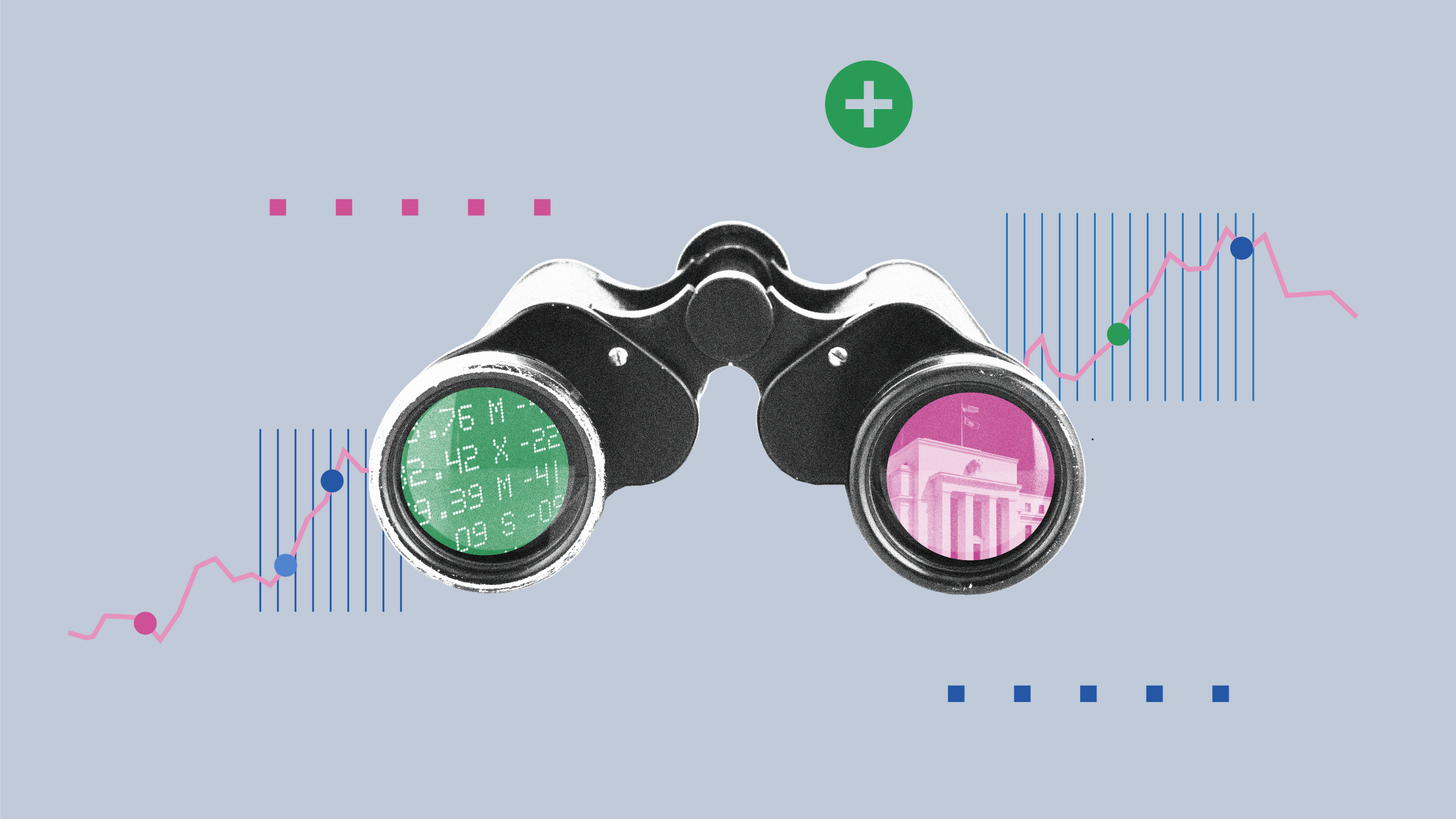Emma Wall: Hello, and welcome to Morningstar. I'm Emma Wall and here with me today is Jon Miller to talk about Morningstar's fund ratings.
Hi, Jon.
Jonathan Miller: Hi, Emma.
Wall: So, there are two ways which funds can be rated here at Morningstar. And the first way is a purely quant rating, isn't it? It's the Star Rating. What does that mean?
Miller: Yes. The Star Ratings are quantitative, as you said. They are backward-looking. So, in a particular Morningstar category, we line up funds that behave fairly similarly, we think, based on their objectives and then you see how they have performed on a backward range. The Stars range from 1 to 5. 5 Stars, for example – there's 10% of funds in the category that can have 5 Stars. So, that has its own inherent, kind of, labelling. Past performance isn't an indicator of future returns. So, we kind of make that caveat clear around the Star Ratings.
Wall: And then, there is the Morningstar Analyst Rating, which is a qualitative rating and does tend to give some indicator of how an investor might expect a fund to perform in the future. It is more forward-looking, isn't it?
Miller: Yes. So, they are qualitative ratings that we have at Morningstar. We have over 100 analysts around the world evaluating funds through our 5P framework. So, forward-looking, we look at Process, People, Performance, Price, Parent. What we're trying to do is see how the funds align around all those different elements. We meet the fund managers. We are very privileged to have access to fund managers to carry out our qualitative analysis. And there we are looking to see how the different elements align to have a forward-looking view with the most positive view being Gold for a fund.
Wall: And how good is your team at what they do? Take a Gold fund. Is there any data to suggest that a Gold-rated fund outperforms over time a fund which is neutral or negative-rated or indeed not rated at all?
Miller: Yes. So, Gold, Silver, Bronze, Neutral and Negative. Obviously, Gold is our best ideas. And when you look at our positively-rated funds, so that means Gold, Silver and Bronze, we have done some analysis dating back to 2002 and we have looked at how the funds performed as a cohort of positively-rated funds versus their index after costs. And what you see with that is where the fund was rated, what happened five years subsequently and then you measure those over a number of time periods all the way through to the end of 2016, our latest analysis, actually the positive-rated funds we look at, at Morningstar, have outperformed their indices.
Wall: That is not to say that either a Gold rating or indeed a 5-Star rating is a buy recommendation though, is it?
Miller: No. I mean, we are looking at the asset class, the category and where we feel the alignment, as I said, of the qualitative pillars that we look at, where those come together to where we think they are all in check, if you like, that's a Gold and that comes out as what we think are some of the best ideas in that space.
Wall: But it's still up to the individual investor to say I want exposure to emerging markets and then once they have made that decision themselves or indeed with their advisor, then they can use the ratings, the Analyst Rating, as a way to indicate which is best-in-class?
Miller: Of course. And there's intricacies around every single fund. We go into the detail of what you might expect around those funds through the qualitative aspects. And it's only through having that qualitative lens that you really get to bring those things to the fore. So, there's a lot of things to still piece together, but we feel there's a lot of information that we produce that can help investors to make better decisions.
Wall: Jon, thank you very much.
Miller: Pleasure.
Wall: This is Emma Wall for Morningstar. Thank you for watching.



























